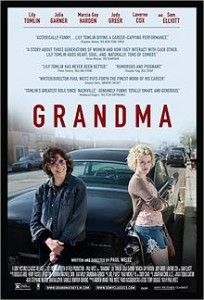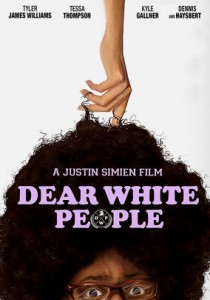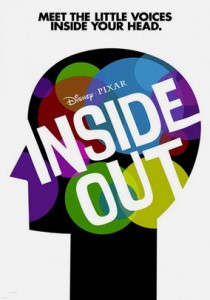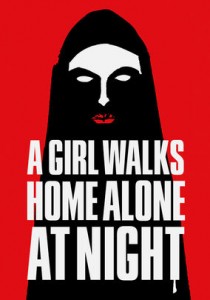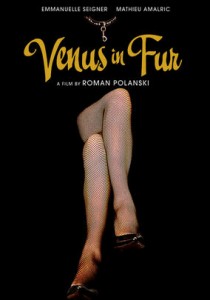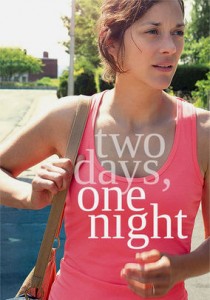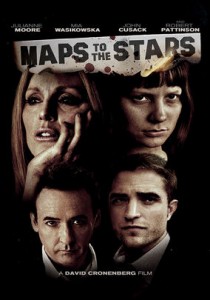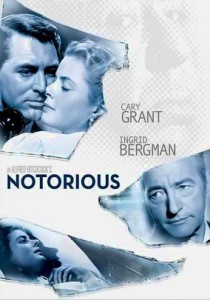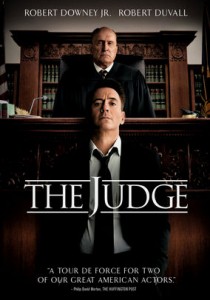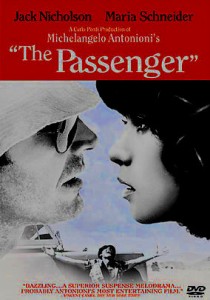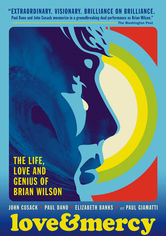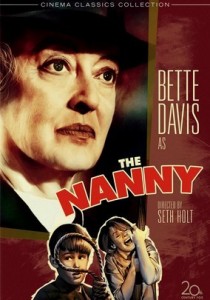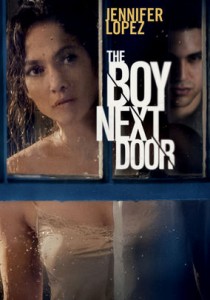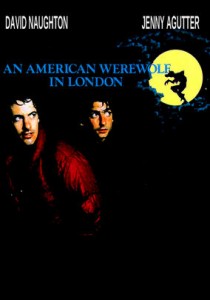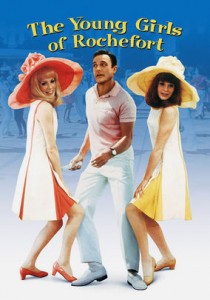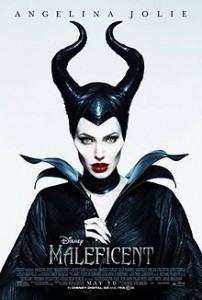Grandma-2015
Director-Paul Weitz
Starring-Lily Tomlin, Marcia Gay Harden
Scott’s Review #275
Reviewed September 21, 2015
Grade: B+
Grandma is clearly and deservedly, a showcase for the talented and interesting legendary Hollywood actress Lily Tomlin.
Years (twenty-seven to be precise) since she has had a starring turn in a film, the role of Grandma is custom made for Tomlin, with the character’s sarcasm, wit, and downright bluntness emerging to the forefront.
The film is labeled a comedy/drama, which it is, but centers around a heavy topic in that of abortion, and runs the risk of offending pro-life individuals, as the film undoubtedly contains a pro-choice slant.
Ellie (Tomlin) is a poet and former college professor in her seventies living in California. She is a lesbian and is mourning the recent death of her long-time partner. She has recently been dating a lovely young woman named Olivia (played by Judy Greer), whom she unceremoniously, and cruelly dumps, referring to Olivia as little more than a footnote in her life. Afterward, Ellie breaks down in tears of guilt while showering.
One day her granddaughter, Sage, (her daughter Judy being the product of a one-night stand), appears on her doorstep asking for money for an abortion. Having just paid off all of her debts and destroyed her credit cards, Ellie is therefore broke.
The duo embarks on a quest for cash, and race against time to make the appointment in time for the scheduled procedure.
The film belongs to Tomlin but is enhanced by excellent supporting turns, specifically by Marcia Gay Harden as daughter Judy, and veteran actor Sam Elliot, as Ellie’s former flame Karl, to cite examples.
Judy and Ellie have experienced a tumultuous relationship their entire lives while Karl harbors resentment for Ellie for long-ago aborting their child. Harden is thrilling as a borderline, one-dimensional bitch character.
She is driven, angry, and self-centered, and it is mentioned that she has gone through numerous administrative assistants in her high-level corporate role.
I have not seen Harden in a role quite like this before. As unsympathetic as the character is, one cannot help wondering if Ellie’s mothering skills may have perhaps made Judy turn out this way. Karl on the other hand, I found to be sympathetic. He is still wounded from his ages ago relationship with Ellie and may still hold a flame for her, as unlikely a romance between them would be.
The film is darker than I expected and is not a syrupy, mainstream, family story one might expect from the fuzzy one-word title.
Still, Tomlin’s cantankerous, sarcasm kept me in stitches and perfectly balanced the tough subject matter displayed in Grandma.
The relationships between the main characters are complex and tough to watch as they argue, swear, and berate each other repeatedly.
There is love mixed in, to be sure, but complexities arise due to the controversial subject matter. The history of and, in many cases, painful memories are dredged up between characters.
Impressively, Grandma is not a film that debates the hot button issue of abortion as one might assume. Sage never really considers keeping her baby- the issue is more a matter of having the procedure done as quickly as possible- no fuss no muss style. Ellie and Judy never try to persuade Sage to keep the child nor does Sage seriously contemplate keeping the baby.
The only instance of a pro-life perspective is when two ridiculous characters- a young mother and her ten-year-old daughter- suggest Sage not kill her baby. When Ellie steps in the young girl punches her in the face. Is this intended as comic relief or to make these characters appear as buffoons?
These characters are certainly laughable.
The father of Sage’s baby is unsympathetic and a very minor blip on the radar. My theory is that the film chooses to go this route intentionally to avoid a debate over the abortion issue.
A debate is not the point of the film, but rather the relationships between the characters are.
The scenes involving Ellie becoming irritated and sarcastic are priceless and successfully utilize the talents of Tomlin to the hilt. As she hilariously goes from situation to situation in an attempt to earn the $600 for Sage she resorts to various means as diverse as selling books, giving a kiss, or collecting an old debt and this is the main draw of this witty little film.
